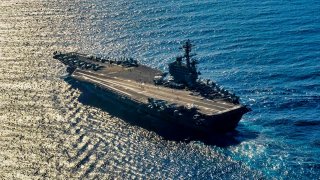The Navy Is Freaked: The Age of Big Warships Is Just About Done
The dominance of large surface warships, especially aircraft carriers, is increasingly threatened by advanced anti-access/area-denial (A2/AD) systems developed by adversaries like China. Hypersonic missiles and other sophisticated weapons, such as China’s Dong-Feng 26B, pose a significant risk to these expensive platforms.
What You Need to Know: The dominance of large surface warships, especially aircraft carriers, is increasingly threatened by advanced anti-access/area-denial (A2/AD) systems developed by adversaries like China. Hypersonic missiles and other sophisticated weapons, such as China’s Dong-Feng 26B, pose a significant risk to these expensive platforms.
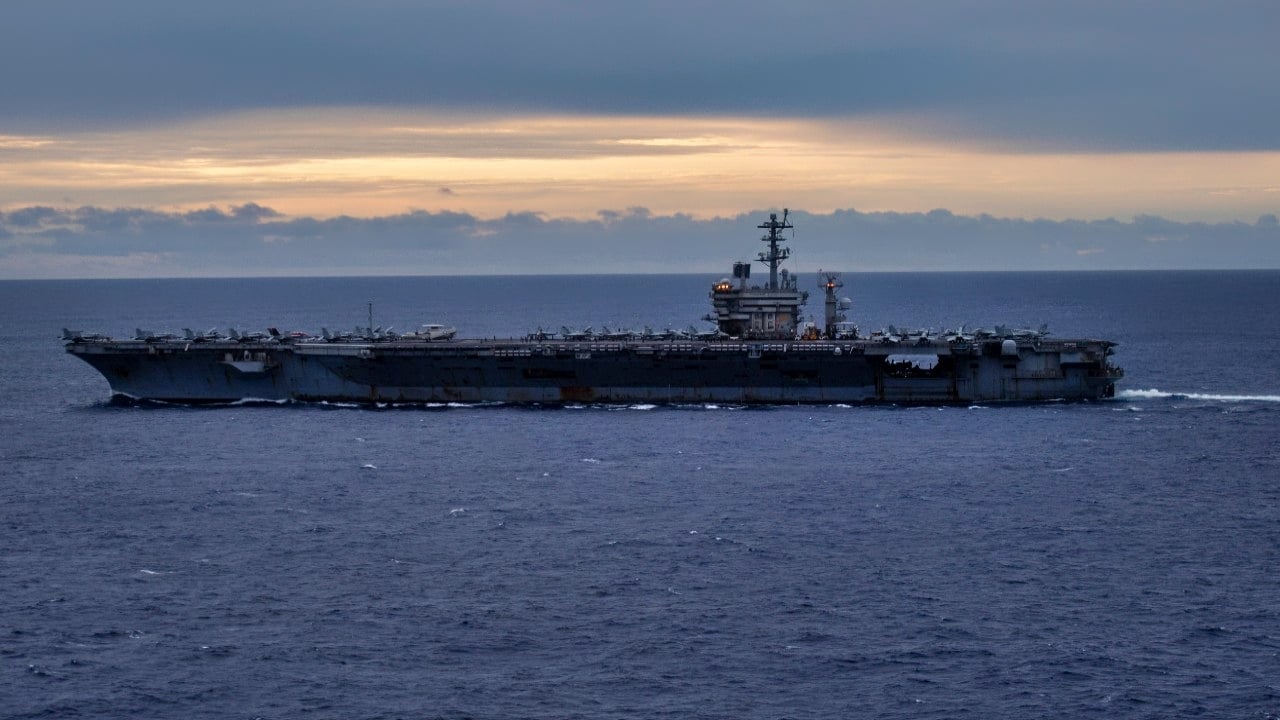
-The U.S. Navy’s reliance on carriers is becoming a liability in potential conflicts, as seen in Russia’s losses during the Ukraine War.
-To counter A2/AD threats, the U.S. must expand its submarine fleet, develop unmanned drones, and invest in hypersonic weapons. However, the Navy continues to prioritize legacy systems like carriers over future-proof solutions.
For centuries, navies around the world have taken pride in their large surface warships. The dominance of these warships persisted even after the advent of submarines. In fact, during the Second World War, when submarines became a primary weapons platform for navies, the aircraft carrier stole all the headlines.
Today, however, things are changing.
A Sizeable Liability
The rise of anti-access/area-denial (A2/AD) means that the large surface warship’s days as the primary form of power projection in a naval fleet are coming to an end.
Consider that the Ford-class aircraft carrier, America’s newest, costs $13 billion per unit, plus hundreds of millions of dollars per year to maintain. The more numerous Nimitz-class aircraft carriers, while older than the Ford-class, are also very expensive.
An aircraft carrier is a large, highly complex warship. Its purpose is to maneuver a floating airbase near the territory of an enemy in order to threaten that rival with precise and consistent airstrikes.
Yet for a fraction of the cost, China’s Dong-Feng 26B missile can either sink an aircraft carrier outright or simply destroy its flight deck, rendering the carrier useless in battle.
The carrier is the primary means of American power projection. Its absence or limitation leaves a critical gap in U.S. military capabilities. That is a strategic gap that a rival like China can easily exploit.
It's not just aircraft carriers that are vulnerable to China’s growing anti-ship capabilities. Other surface warships are also targets.
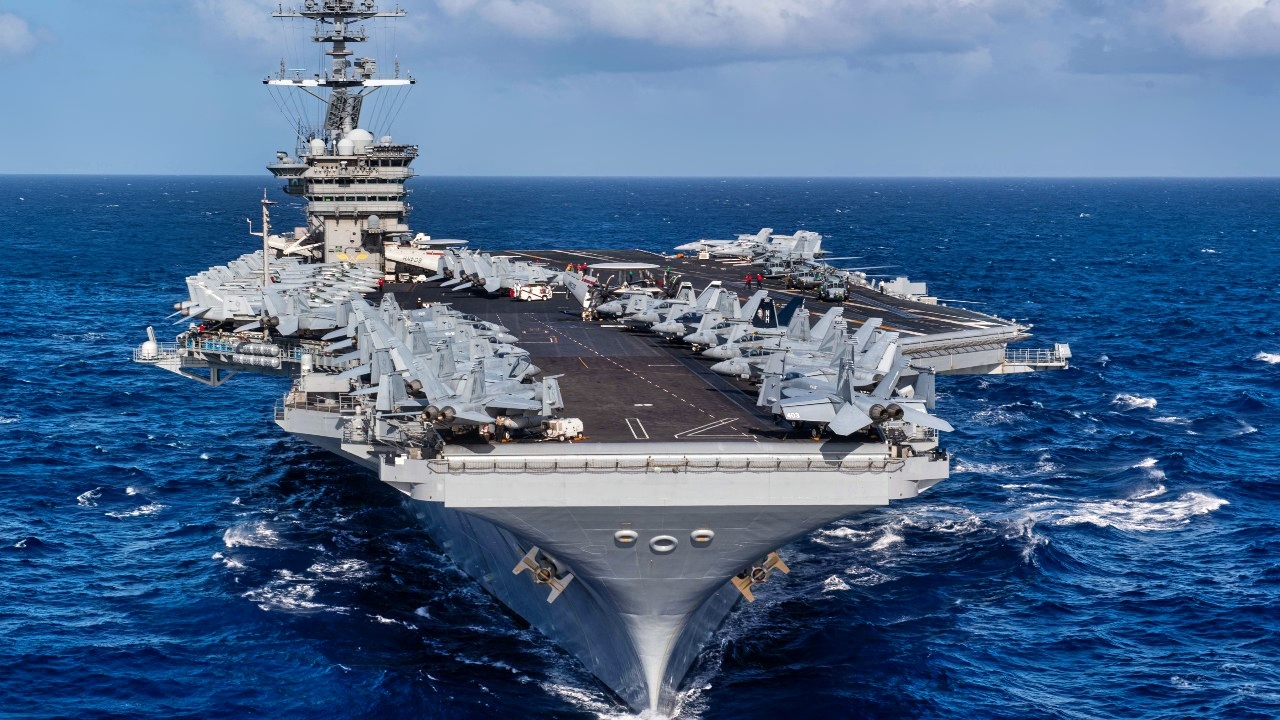
The Chinese military has developed a growing coterie of hypersonic weapons capabilities that it is planning to launch against incoming U.S. warships. Whatever defenses those warships have against conventional anti-ship missiles, there are no known countermeasures on U.S. warships to protect against these hypersonic systems.
A Warning to the U.S. Navy from the Ukraine War
The world has already seen the asymmetrical risks posed to large surface warships in the Ukraine War. The Moskva, a Slava-class Russian battlecruiser and the flagship of the Russian Black Sea Fleet, was sunk by a Ukrainian drone in the dead of night while still docked in port. Similar attacks have targeted several other Russian surface warships since the Moskva sunk.
All that money, all those precious resources committed to the larger surface warship fleet, and what does Russia have to show for it?
Not a thing.
Events in the Ukraine War should be a lesson for U.S. naval planners, especially in relation to a potential conflict with China. Any such conflict, because of the geography involved, would require the U.S. Navy to lead the charge. The Navy would do so by deploying its massive aircraft carriers.
China’s A2/AD capabilities far outstrip whatever the Ukrainians were using against Russia in the Black Sea. Therefore, the likelihood that America’s surface warships would be held at bay by China’s A2/AD forces is great.
America’s navy has no backup plan for dealing with this.
American Submarines Are One Solution
You might believe that if surface warships are unable to do their jobs, the U.S. submarine fleet would be available. It would be, but there are a few sticky wickets involved with boomers.
The first is that the U.S. Navy has been shortchanging its submarine fleet for years. In its budget proposal for Fiscal Year 2025, the Navy again made onerous cuts to its initial request for more submarines.
The next problem is that naval shipyards have been in the doldrums for years. They cannot meet increased demand. This is at a time when China is rapidly expanding its navy.
Even Subs are Not a Panacea to America's A2/AD Concerns
Beyond these concerns is the fact that China has developed a suite of sophisticated submarine-tracking devices.
One example is the Yaogan constellation of satellites. China aims to use this “hidden aperture radar” system to intercept radio signals from the ground and triangulate the location of warships. The Navy has a similar system.
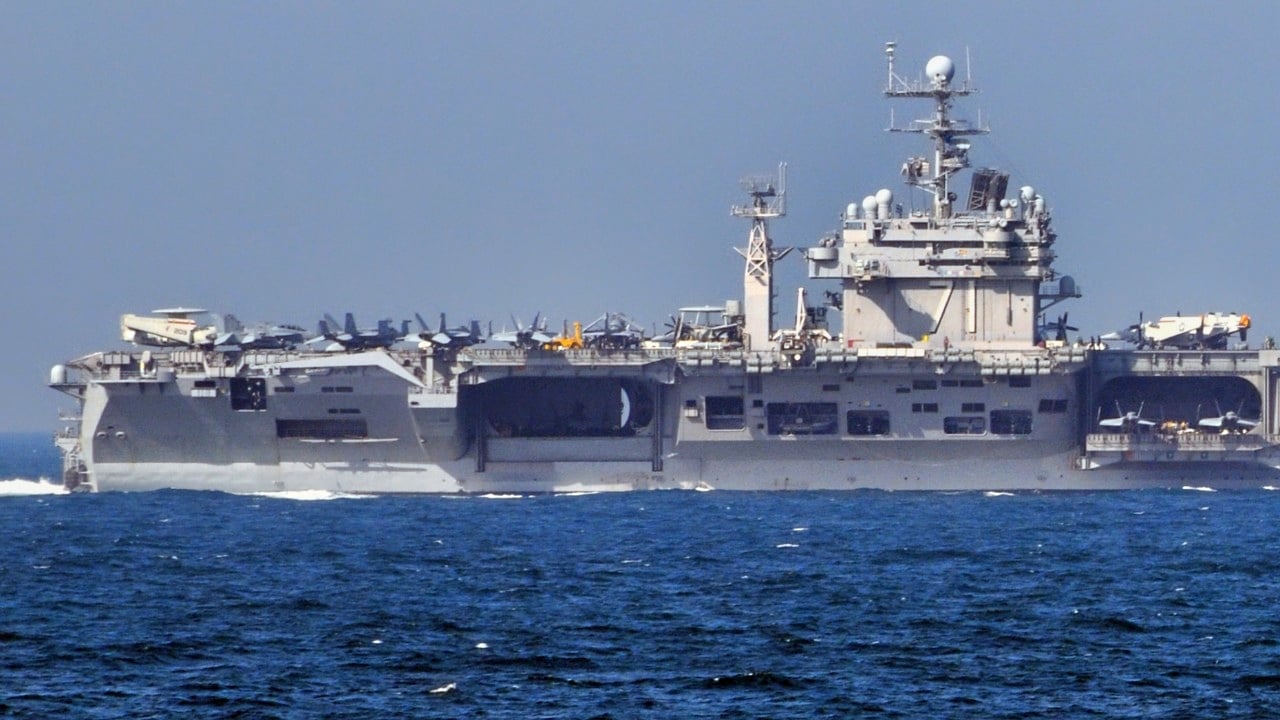
The Yaogan constellation joins other Chinese systems meant to track U.S. subs—some more advanced than others.
For example, China has developed a sophisticated laser tracking system that can scour the depths of the ocean from space. Beijing’s forces also utilize less sophisticated balloons mounted with advanced sensors to track the oceans from above.
US Navy Must Burst China's A2/AD Bubble
Still, submarines are much harder to kill than large surface warships.
The Navy must focus on expanding its submersible fleet. What’s more, in the age of A2/AD, long-distance warfare will be essential. Bursting the A2/AD bubble will be key.
Beyond submarines, then, the Navy requires a robust arsenal of unmanned drones and hypersonic weapons to annihilate known A2/AD emplacements.
Yet the Navy isn’t investing in these systems. Instead, the Pentagon continues splurging on legacy systems—notably the costly aircraft carrier—and hoping that China’s A2/AD systems aren’t as effective as Beijing claims they are.
In other words, the Pentagon would rather spend its money enriching defense contractors instead of building relevant, cost-effective systems that can actually defeat the Chinese.
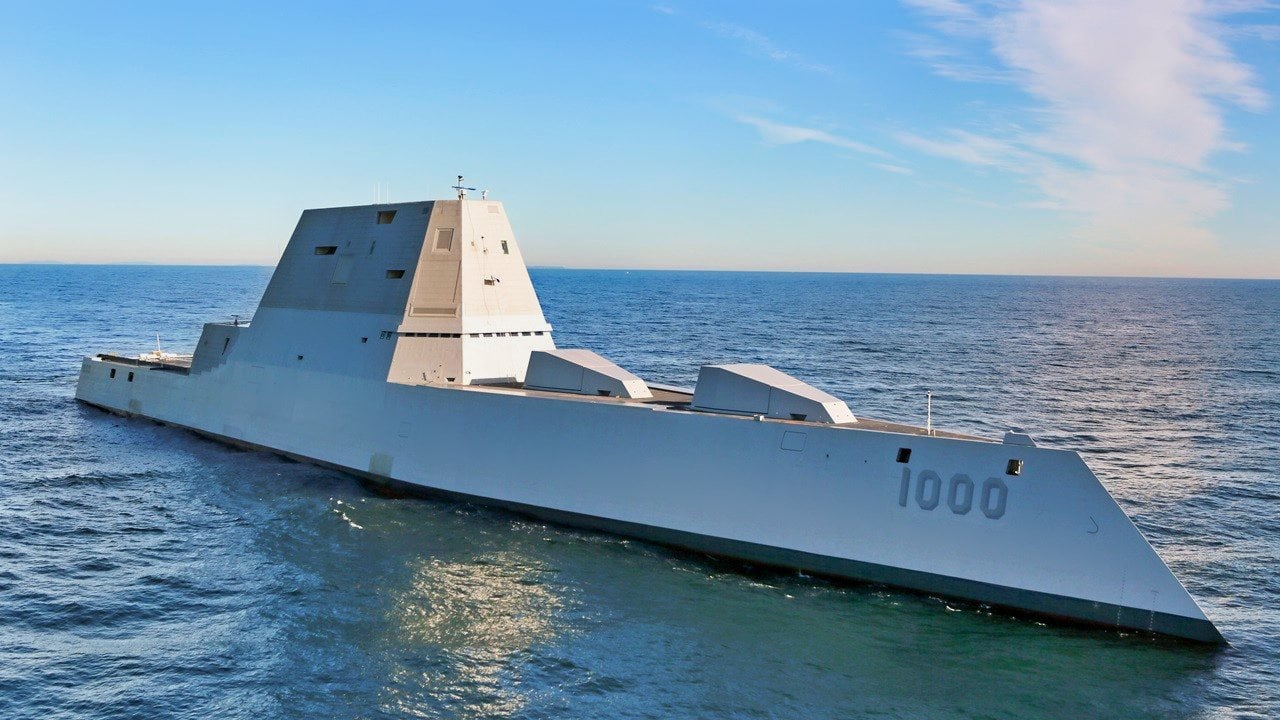
Author Experience and Expertise: Brandon J. Weichert
Brandon J. Weichert, a National Interest national security analyst, is a former Congressional staffer and geopolitical analyst who is a contributor at The Washington Times, the Asia Times, and The-Pipeline. He is the author of Winning Space: How America Remains a Superpower, Biohacked: China’s Race to Control Life, and The Shadow War: Iran’s Quest for Supremacy. His next book, A Disaster of Our Own Making: How the West Lost Ukraine, is due October 22 from Encounter Books. Weichert can be followed via Twitter @WeTheBrandon.
All images are Creative Commons or Shutterstock.
From the Vault
Russia Freaked Out: Why the U.S. Navy 'Unretired' the Iowa-Class Battleships
Battleship vs. Battlecruiser: Iowa-Class vs. Russia's Kirov-Class (Who Wins?)


